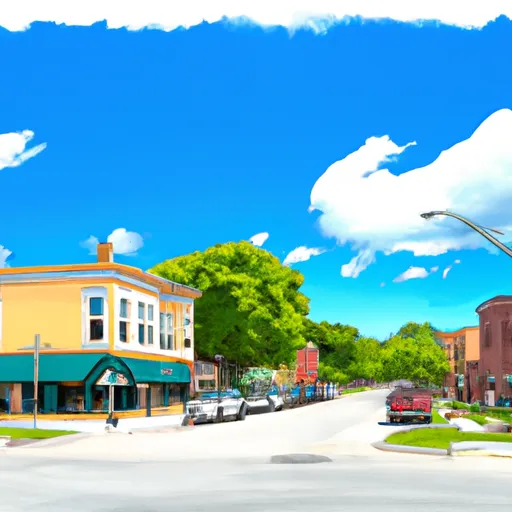°F
°F
mph
Windspeed
%
Humidity











Bay View is a suburb of Milwaukee, Wisconsin, located along the shores of Lake Michigan. The climate in Bay View is characterized by hot summers and cold winters with average annual precipitation of 33 inches. Hydrology constituents in Bay View include both natural and man-made water bodies such as Lake Michigan, the Kinnickinnic River, and the Menomonee River. Outdoor recreation opportunities in Bay View include visiting the South Shore Park which offers hiking, fishing, and picnicking. The park also has a beach area for swimming and access to a boat launch. The Hank Aaron State Trail is another outdoor activity where visitors can bike or hike the trail, which offers scenic views of Milwaukee's industrial past and present.
Weather Forecast
Bay-View receives approximately 871mm of rain per year, with humidity levels near 79% and air temperatures averaging around 9°C. Bay-View has a plant hardyness factor of 5, meaning plants and agriculture in this region thrive during a short period during spring and early summer. Most plants will die off during the colder winter months.
Regional Streamflow Levels
17
Cubic Feet Per Second
3
Cubic Feet Per Second
2
Cubic Feet Per Second
369
Cubic Feet Per Second
Nearby Camping
| Camping Area | Reservations | Toilets | Showers |
|---|---|---|---|
| Hilltop Campground - Grayville | |||
| Paris City Park | |||
| Crawford County Fairgrounds | |||
| Red Hills Lake State Park | |||
| Oakland City Park | |||
| Mill Creek Park |



